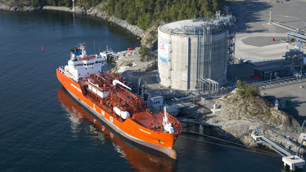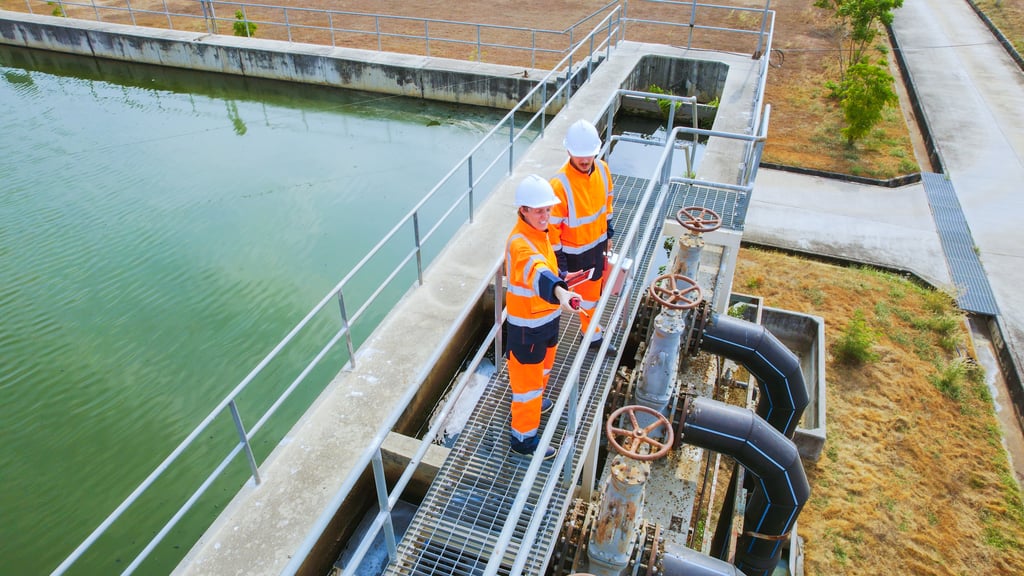Client challenge
 The Nynäshamn facility was to be Sweden's first liquefied natural gas (LNG) terminal. It would deliver LNG to the Nynäs Refinery, the Fortum natural gas distribution net in Stockholm and other industrial customers. From the outset of the project, owner AGA Gas asked us to help perform extensive risk management work. Covering this aspect comprehensively was paramount if the project was to go ahead.
The Nynäshamn facility was to be Sweden's first liquefied natural gas (LNG) terminal. It would deliver LNG to the Nynäs Refinery, the Fortum natural gas distribution net in Stockholm and other industrial customers. From the outset of the project, owner AGA Gas asked us to help perform extensive risk management work. Covering this aspect comprehensively was paramount if the project was to go ahead.
How we helped
We focused on the importance of evaluating and documenting risk to third parties. Very few people like having large-scale industrial facilities in close proximity. They will often emphasise the potentially high risk these represent in arguments against construction. Even when not required by law, we always recommend early involvement and open discussions with neighbours and all stakeholders on issues relating to risk and risk mitigation. This avoids potential problems in later phases.
We also carried out the quantitative risk analysis to help improve the asset’s design. This work formed part of the new project’s final safety report.
Key services
Early phase: Location studies
- Overall qualitative and quantitative risk analyses.
- Additional computational fluid dynamics (CFD) consequence calculations, where needed.
- Identification of need for risk management activities for permit processes and documents.
- Establishment of HSE plan and hazard log.
- Establishment of risk acceptance criteria for the project.
- Start-up of project risk analysis.
- Permit-related safety activities for, and presentations to, the authorities.
Risk analyses during concept study
- Qualitative and quantitative risk analyses of preliminary design, including a hazard and operability study (HAZOP).
- Analysis of different technical design solutions, where needed.
- Additional CFD consequence calculations, where needed.
- Transport risk analysis.
- Permit-related safety activities for, and presentations to, the authorities.
- Follow-up of hazard log and HSE plan.
- Follow-up of project risk analysis.
Risk analysis of final design
- Final version of qualitative and quantitative risk analyses, including HAZOP and domino effects.
- Additional CFD consequence calculations, where needed.
- Final version of safety report.
- SIL analysis of safety critical equipment.
- Work environment studies.
- Site inspections during construction.
- Emergency analysis and establishment of emergency plan and safety instructions.
- Follow-up/closing of hazard log and HSE plan.
Follow-up/closing of project risk analysis.
Business results
Environmental court proceedings and other permit-related processes involving the authorities went smoothly. Construction and terminal opening progressed on schedule, without delay. Today, the terminal stores 20,000m3 of LNG – enough to heat 150,000 houses – which is delivered for onshore commercial and domestic use.


